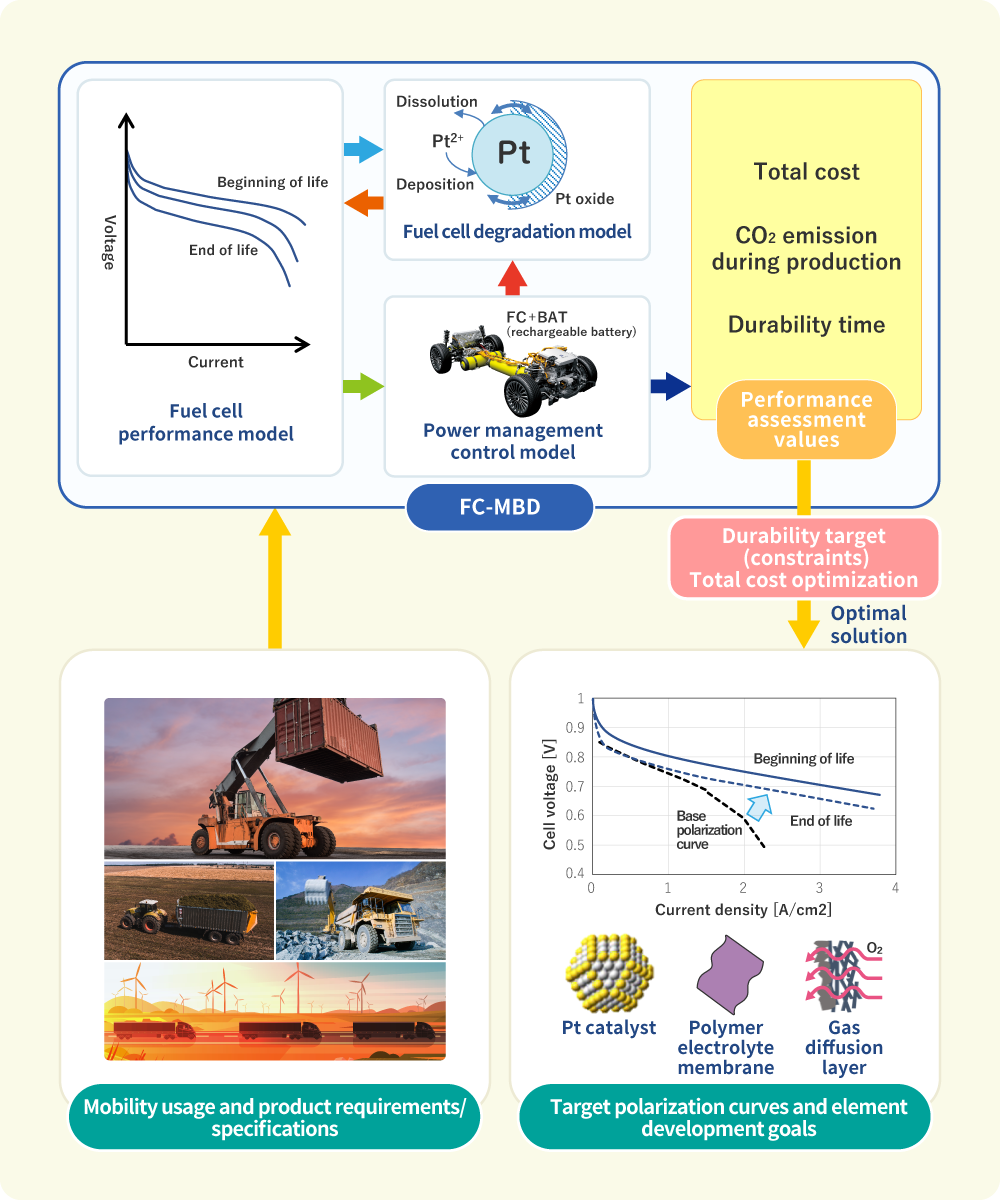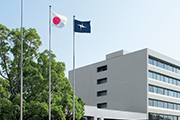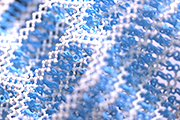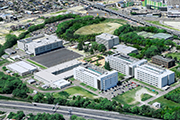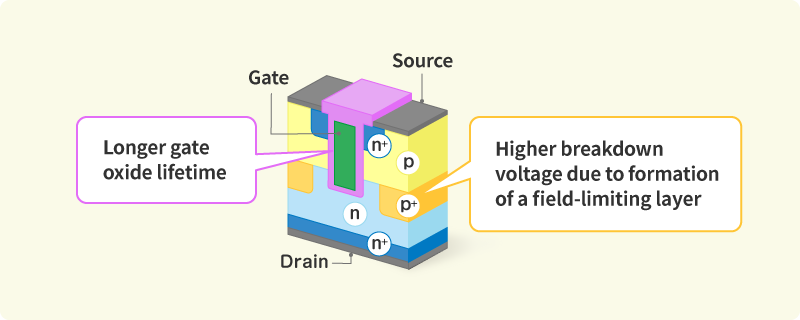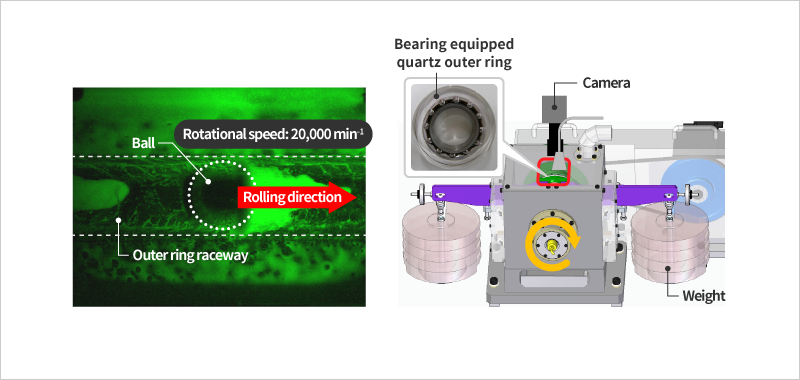Deriving the best polarization clues from an integrated systems model
Because fuel cell vehicles are complex systems comprised of many different components, it is difficult to find satisfactory proposals that meet the various requirements of efficiency, cost, and durability without conflict. By linking fuel cell performance, deterioration characteristics, and power control characteristics together within a single model, we have constructed a modelbased design method that enables us to quickly calculate performance assessment values for total cost and CO2 emissions during manufacture, for example, based on vehicle driving conditions. This method thereby allows us to optimize everything from mobility usage methods and product requirements straight through to target-polarization curves and element development goals. In the future, we will collaborate widely with other organizations in aims of expanding this approach beyond vehicles to include other types of mobility.
